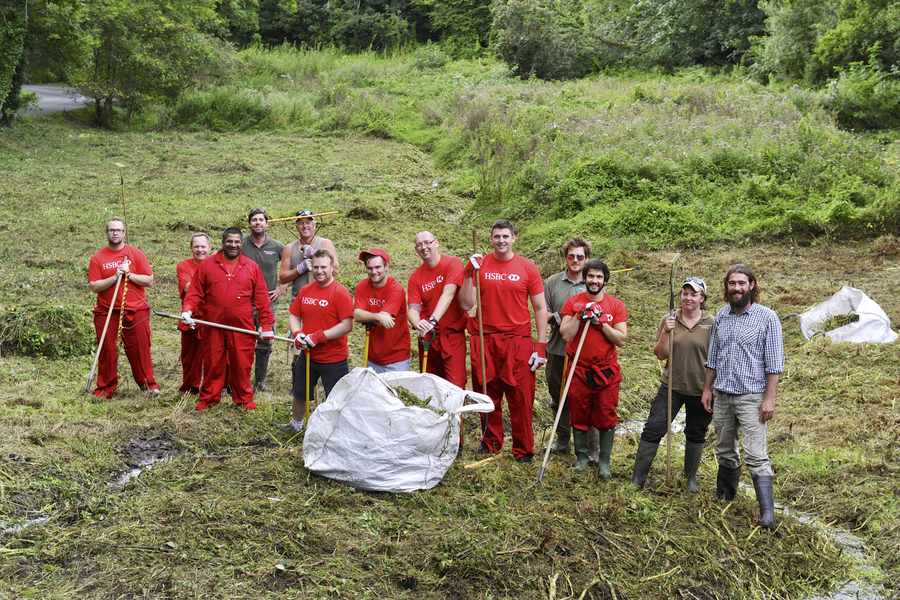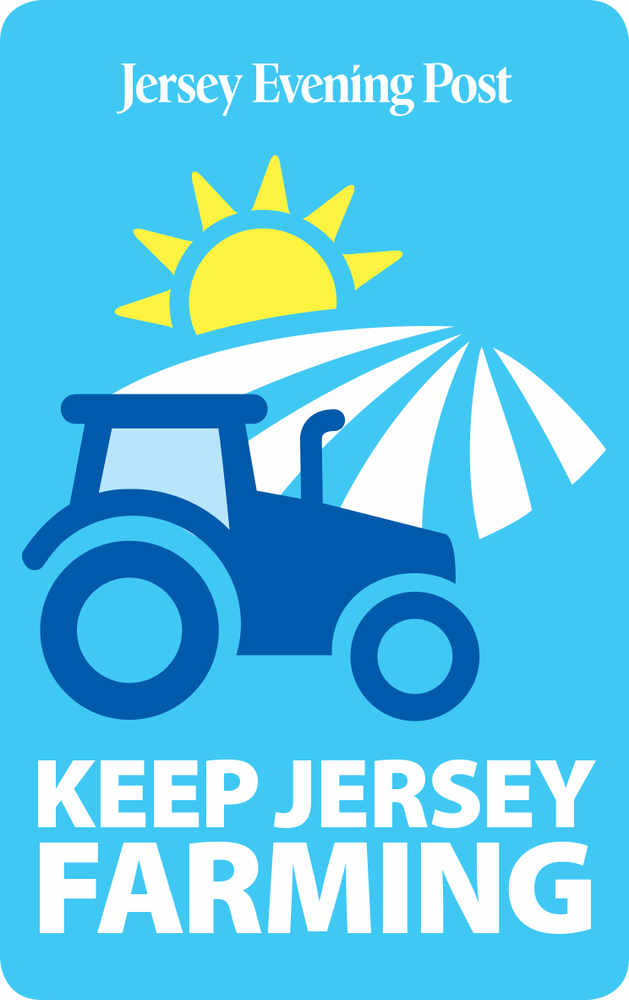
Protecting the Island’s built heritage, campaigning and organising events such as black butter making and bug safaris for children to engage the public are integral to the trust’s work. Yet the majority of the 150 sites it owns are farmland and areas managed for wildlife – including three SSIs and a number of proposed SSIs – comprising more than 1,300 vergées.
Almost half the trust’s land is leased to farmers for growing Jersey’s Royals, grazing and the production of other crops, including those grown by organic methods. In ecologically sensitive areas, farmers are obliged to maintain habitats and encourage wildlife.
The trust’s overall estate amounts to about two per cent of the Island’s land mass, making the charity one of the largest private land owners in Jersey and a major custodian of the countryside, with responsibility for woodland, wildlife reserves, the coastline, heathland, meadows and wetlands, including St Ouen’s Pond and Grouville Marsh.
Many of the trust’s properties, and all its land, are open to the public – as chief executive Charles Alluto points out, at no cost to the taxpayer.
This free ‘open access’ policy, however, creates problems.
Mr Alluto said: ‘In some ways it also presents a challenge as, unlike the country estates in the UK, where money can be ring-fenced and people pay to go in, we can’t generate income from land. However, we invest heavily in our properties and receive rents from tenants, so that enables us to generate income to care for the land.’
The conservation management of the National Trust’s land portfolio is in the hands of a lands team comprising lands manager Jon Parkes and countryside rangers Will Kirby, Neil Harvey, Sally Dalman and Jon Rault, who is also the trust’s conservation officer. They often work alongside the Environment Department, TTS and Jersey Trees for Life.
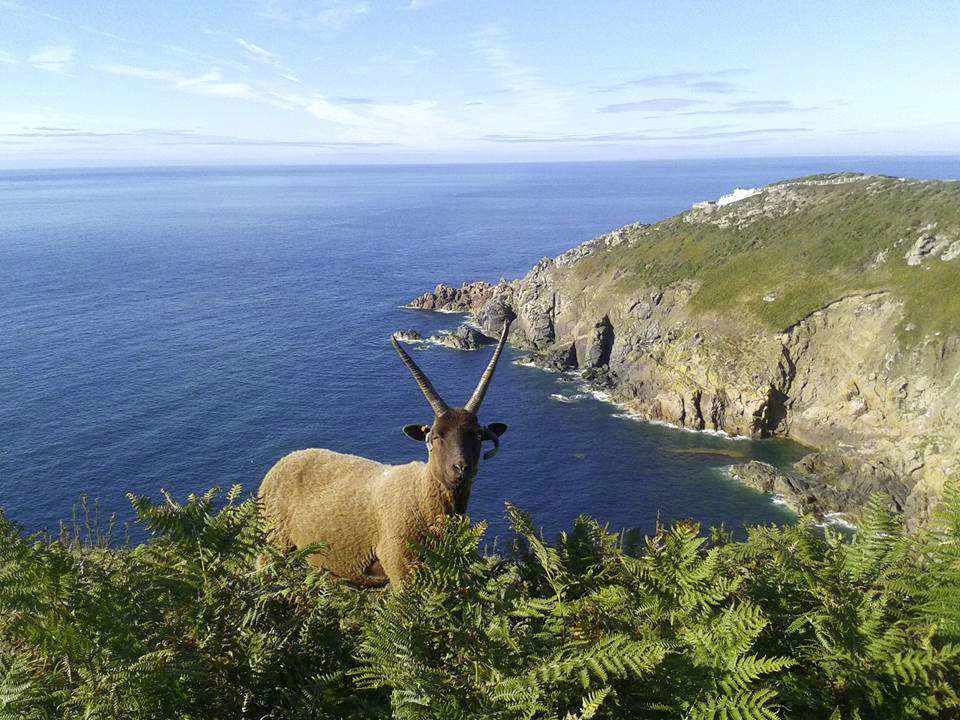
Unlike similar organisations in the UK, which tend to focus on single sites, the team has to work in a variety of terrains and environments.
Mr Alluto said: ‘Jersey has a huge variety of habitats, given its small size, which in itself presents us with a challenge. But I also think it makes our work more rewarding and exciting because of the variety.’
Although it requires the team to be knowledgeable in many areas, Mr Parkes says that that is what he loves about a job that is never the same, as each day holds the high degree of job satisfaction for which he gave up an office job 12 years ago.
‘That is what makes it so interesting,’ he said. ‘When I have been away on training courses in the UK, I meet people who work in various parts of the country but they tend to be specific in one habitat, whereas here we have a huge variety, in particular the trust’s portfolio of land, so in our jobs we have to experts in everything.’
Paul Houzé, at Lodge Farm, St Martin’s Main Road.

How long have you been farming?
The family moved to The Lodge in 1944 and the farming business started soon after the Occupation, with a small herd of cows, Jersey Royals and outdoor tomatoes. Other crops were introduced over the years, and I joined my parents on the farm in 1972.
There are easier and better-paid jobs, so why did you choose to be a dairy farmer?
Farming is in my blood and I enjoy the challenges the job brings. No year is the same, and every day is different. While a good proportion of my time is spent dealing with admin, I much prefer my time in wellies. Being a livestock farmer is as much a vocation as a job – if you don’t enjoy the management of the business and have a naturally affinity with your animals, you would soon be doomed to failure.
How important are local provenance and freshness to your business?
Some Islanders might not realise the work that goes on both on the farm and at Jersey Dairy to ensure the high quality of our products. In Jersey we offer some of the freshest milk on a shop shelf.
What issues does the dairy industry face, and how can it overcome them?
The perennial issue for the dairy industry is achieving farm viability while striving for the lowest possible consumer prices. The answer is ensuring extreme efficiency at every level in the production chain.
Should the States give more support to farmers?
By Bob Tompkins, conservationist and guide
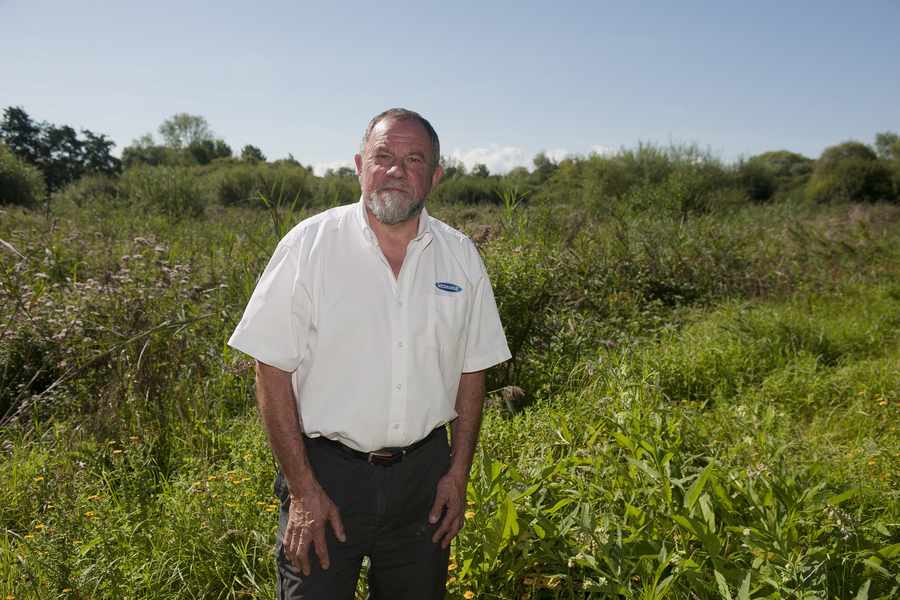
GROWING up in St John, surrounded by small farms, meadows and hedgerows, was perfect if you were a small boy totally fascinated by everything that crawled, swam, slithered, hooped or flew.
The seasons brought different species. With spring came nesting song thrushes, spawning toads and emerging bumblebees to discover. Summers meant hunting for green lizards and agile frogs, or marvelling at swallows as they flashed across the meadows hunting down their insect prey to feed young nesting in our bake house.
Autumns were spent watching birds and their migrating cousins chattering away on the telephone wires outside my bedroom window as they prepared to fly south, or wondering the fields in search of hedgehogs readying themselves for hibernation.
Along with the cold winter winds came flocks of fieldfares raiding the hawthorn berries and lapwings searching the fallow fields for worms.
Today, the boy has become an old man, still smitten by nature though saddened by many of the changes to the seasons and this special Island of ours.
The water meadows have all but disappeared, drained to placate the demands of agro-industry or sacrificed to the god of development.
The thrush, toad and bumblebee are all endangered as their habitats have been dug up, drained or concreted over.
Changes in farming practices have seen the loss of hedgerows and the habitats they provided, and the use of chemicals on the land has drastically reduced insect and plant populations, in turn seeing a decline in the creatures that depend on them.
Where once most small farms had a few cattle and the occasional horse spread out across the Island, today a few large farms concentrate herds over a smaller area and stables hold large numbers of horses, all of which increase the effects of effluent run off in localised areas.
The small farms, by and large, have been converted into luxury homes and the lands and hedges close by turned into monoculture lawns mowed too short and all shaded by token fruit trees.
While cattle and horse density is something that has no easy solution, small and simple changes in land management can make a huge difference to the countryside and the wildlife it supports.
By improving and increasing the range of plants and trees in the hedgerows that are left, habitat is increased and wildlife corridors are created.
Set-aside and bird crop increases the number of beneficial species in a given area, and crop rotation reduces the build-up of harmful pests and the use of chemicals.
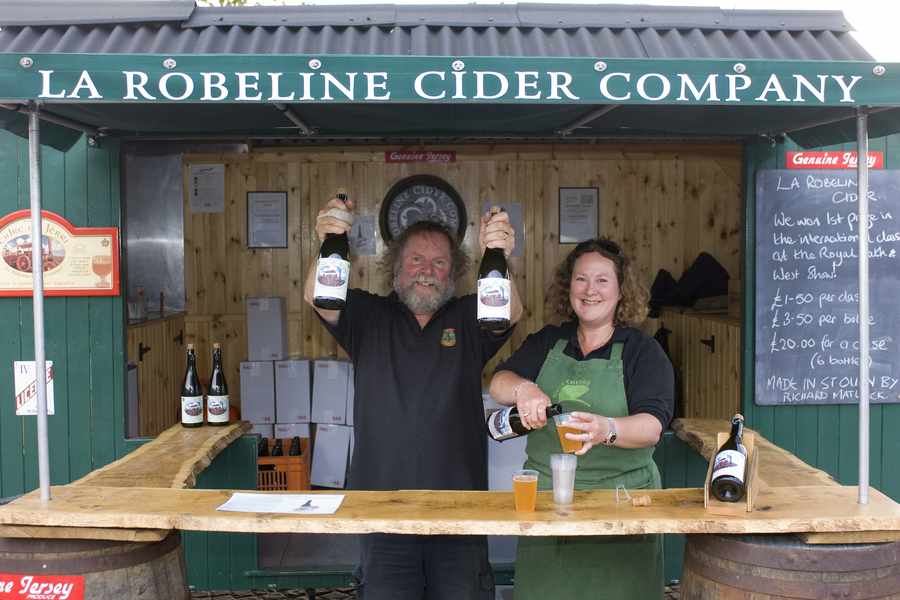
FOUR Island producers were recently awarded the ‘Oscars’ of the artisan food world by the Guild of Fine Foods after they entered products in the UK’s Great Taste Awards 2015.
La Robeline Cider Company and La Manche Smokehouse received Two-Star Gold awards, with One-Star awards going to La Mare Wine Estate for its Jersey black butter fudge and Field Farm for its pure Jersey cloudy sparkling apple juice.
Overall there were 10,000 entries from all over the British Isles.
La Robeline was successful for its medium cidre dé Jèrri and La Manche for its oak-smoked Jersey butter.
All four are members of local producers association Genuine Jersey.
Matt Ryan of La Manche said: ‘From our perspective, we are doing well locally but we are hoping to get recognition – both for our products and Genuine Jersey – outside the Island, and a Great Taste Award will provide a strong platform as we explore export markets.’
THE last of this year’s country shows takes place at the Royal Jersey Showground in Trinity over the weekend of 3 and 4 October, when the RJAHS holds the Island’s autumn show for cattle, fruit, flowers and vegetables.
The Jersey Poultry and Ornithological Society is also taking part with classes to find the best poultry, caged birds and pigeons, rabbits and guinea pigs.
The autumn show attracts hundreds of entries in the produce, flower, preserve and cake classes, and this year there is a new class for home-made bread.
It is also popular with children – from three-year-olds to teenagers – who are invited to enter the competitions for the rosiest apple and the best scaregrow (preferably not full-size!) made from vegetables.
The show is open from 10.30 am to 5 pm on both days and all cakes entered will be auctioned in aid of Age Concern late on the Sunday afternoon.
THE countryside, farming and rural heritage all feature in the Visit Jersey’s autumn walking festival, which takes place from 12 to 27 September.
There are walks that stop off at dairy farms, take in historic farmhouses and manors, look at nature’s bounty and ramble through quiet rural backwaters.

